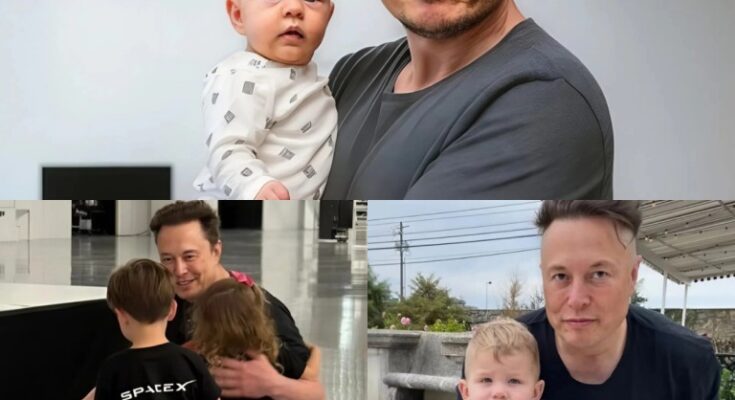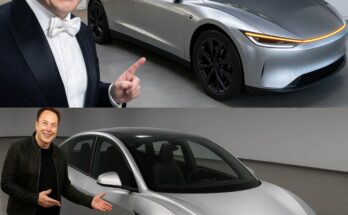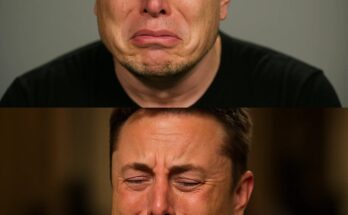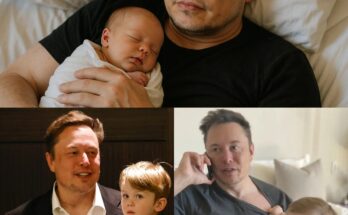I. A Moment That Stopped Time
When Elon Musk stepped onto the cracked, sun-baked soil of the small orphanage on the outskirts of Pretoria, South Africa, on a late August afternoon in 2025, few could have predicted that the visit would alter both the lives of dozens of children — and the trajectory of Musk himself.
Wearing a simple white shirt, jeans, and sneakers, Musk arrived without fanfare. No flashing cameras, no journalists elbowing for soundbites — only a handful of local volunteers, a dusty courtyard, and forty-two children who had grown up believing that the world had forgotten them.
For Musk, the world’s richest man and the driving force behind SpaceX, Tesla, Neuralink, and xAI, this wasn’t a publicity stop. It was, as he would later describe it, “a reckoning with the beginning of everything — the place where possibility and despair meet.”
This was not the Elon Musk of press conferences or viral tweets. This was a quieter man, searching for something — perhaps redemption, perhaps remembrance — and finding, in a forgotten corner of his homeland, the seed of a new mission.
II. The Journey Home
Musk’s return to South Africa had been long delayed. Though born in Pretoria in 1971, he had left the country as a teenager, carrying the emotional scars of a turbulent childhood. His parents’ separation, school bullying, and a strained relationship with his father had shaped his character — building the resilience and defiance that later powered his relentless ambition.
For decades, Musk avoided discussing his early years in depth. His interviews often focused on innovation, colonizing Mars, or building artificial intelligence. But in early 2025, following several personal challenges — public criticism, internal company struggles, and health concerns — he announced that he would take “a reflective break” to revisit his roots.
Musk knelt to meet him eye to eye. “Yes,” he said softly, “and maybe one day, kids like you will too.”
The boy frowned. “But I don’t even have shoes.”
Musk paused. It was a simple statement, yet it carried the weight of reality. For all his dreams of interplanetary expansion, here was a reminder that many children on Earth still lacked the most basic necessities.
He looked around — at the dim lights, the makeshift desks, the tiny library of torn books. “We can fix this,” he said to the staff. “Not someday. Now.”
Over the next two hours, Musk spoke with teachers, played with the children, and asked questions — about their lessons, their dreams, their meals. He listened more than he spoke. For every answer he received, he scribbled notes into a small black notebook.
When one girl shyly handed him a paper airplane made from her math homework, he smiled. “This,” he said, holding it up, “is the first prototype from Hope’s Horizon Aeronautics Division.” The children laughed. For the first time that day, joy filled the courtyard.
IV. The Promise
Before leaving, Musk gathered the children under a shade tree. His voice was calm but resonant.
“I know what it’s like to feel alone,” he said. “To feel that no one sees you. But I want you to remember this — you are not forgotten. The future needs you. And I promise you — help is coming.”
He didn’t elaborate, but the words stuck. That evening, he left Pretoria quietly. The children waved as his car disappeared down the road, not knowing that his promise would ignite a chain of events spanning continents and industries.
V. The Birth of Project Horizon
Two weeks later, the Musk Foundation announced a new initiative: Project Horizon — a multi-million-dollar humanitarian program aimed at providing advanced education, clean energy, and technology access to orphaned and underprivileged children across Africa.
The foundation’s statement was brief:
“Every child deserves the tools to build the future. Project Horizon will deliver solar power, internet access, and digital learning to schools and orphanages in need. Hope begins where opportunity is born.”
Behind the press release was a network of partnerships — Tesla’s solar technology for sustainable electricity, Starlink internet terminals for connectivity, and collaborations with African educators and universities to design age-appropriate STEM programs.
“We spend billions thinking about life on Mars, but we forget that billions of lives on Earth still lack light, learning, and hope. If we can build rockets to another planet, we can build futures right here.”
Within three months, the first solar panels and Starlink terminals were installed at Hope’s Horizon. Classrooms lit up for the first time at night. Children watched live science demonstrations via YouTube. Teachers gained access to online training and curriculum tools.
The orphanage became a model for transformation — a symbol of how technology, when humanized, can rewrite the story of forgotten communities.
VI. A Changed Man
Observers close to Musk noticed a subtle transformation. Gone were the flippant tweets and late-night controversies that had dominated headlines for years. His tone shifted — less combative, more contemplative.
During a rare interview with The Guardian, Musk reflected:
“Visiting those kids made me rethink what progress means. It’s not just about faster rockets or smarter machines — it’s about compassion. I realized that innovation without empathy is incomplete.”
Those who knew him well said the orphanage visit reopened old wounds. His own childhood, marked by isolation and neglect, found resonance in the faces of the children he met. Friends said he spoke often about “the circle completing itself” — that he wanted to give the kind of support he wished someone had given him.
Insiders at SpaceX reported that during meetings, he began discussing “legacy” — not in terms of Mars colonies, but of human upliftment. “He told us that building rockets wasn’t enough if humanity itself was still broken,” recalls one engineer.
VII. The Ripples of Hope
Within a year, Project Horizon expanded to 12 African countries. It wasn’t charity — it was infrastructure. Musk’s team established micro-grids powered by Tesla’s solar tech, enabling schools to run computers, refrigeration, and lights.
Each center received a Horizon Lab — a small modular classroom equipped with 3D printers, laptops, and access to free online education platforms. Children learned coding, robotics, and environmental science.
In Tanzania, an orphanage built its own water filtration system after learning about fluid mechanics through the program. In Kenya, a group of teenage girls used 3D-printed tools to repair local bikes, earning income for their community.
Musk occasionally joined virtual sessions through Starlink, answering students’ questions about rockets, physics, and dreams. When asked what advice he had for them, he said:
“Don’t wait for the world to give you permission to dream. Just start — even if all you have is a pencil and a question.”
For millions online, these moments became viral inspiration. Hashtags like #HopeByHorizon and #LightForLearning spread across social media. Celebrities, entrepreneurs, and educators joined in, pledging resources and mentorship.
What began as one man’s unplanned visit had become a continental movement for education and empowerment.
VIII. The Critics and the Controversy
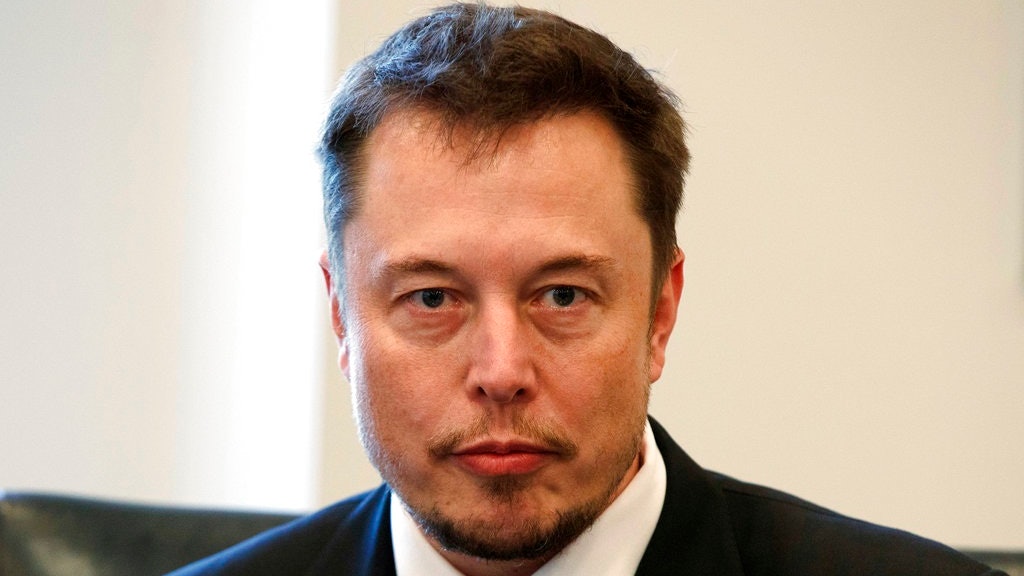
Not everyone applauded Musk’s actions. Skeptics accused him of “techno-philanthropy” — using humanitarian causes to polish his public image. Critics argued that true change required systemic reform, not billionaire intervention.
Some NGOs pointed out that while Musk’s programs delivered infrastructure, they risked overshadowing local initiatives. Others worried that reliance on foreign technology could create dependency rather than autonomy.
In response, Musk invited African educators and engineers to lead Horizon’s next phase. “It’s your program now,” he told them during a summit in Johannesburg. “You decide what your communities need. We’ll supply tools, not instructions.”
This decentralization silenced many critics. The program shifted from being for Africa to being by Africans — powered by technology, yes, but guided by local leadership.
IX. A Return to Hope’s Horizon
Exactly one year after his first visit, Musk returned to Hope’s Horizon. This time, the scene was transformed. The old classrooms had been rebuilt with solar panels glistening on the roofs. The library was filled with donated books. The walls were lined with children’s drawings of rockets, planets, and futuristic cities.
When he arrived, the children rushed to greet him — now dressed in crisp uniforms, their laughter ringing through the courtyard.
Tendo, the boy who once said he had no shoes, proudly showed Musk his first pair of sneakers and a certificate for winning a regional math competition. “I’m going to build a rocket one day,” he declared.
Musk laughed. “Then you’ll have to send me a ticket.”
Later, during a small ceremony, Sister Mabel handed Musk a framed drawing — a group of children standing under a bright sun, their hands raised toward a rocket soaring into the sky. At the bottom, the words read: “Hope Begins Here.”
Musk’s voice broke slightly as he said, “You’ve given me more than I could ever give you.”
X. Legacy Beyond Mars
The story of Elon Musk’s visit spread far beyond South Africa. International media called it “the billionaire’s awakening.” But Musk dismissed the narrative of redemption.
“It’s not about guilt,” he said. “It’s about responsibility. The future must include everyone — not just those who can afford it.”
His new initiatives reflected this shift. SpaceX announced educational fellowships for underprivileged students interested in aerospace. Tesla began offering low-cost solar kits for off-grid communities. Neuralink launched a research grant for disability-focused innovation.
In one striking statement at a UN Climate Forum, Musk declared:
“Hope is the most renewable resource on Earth. When we power it with compassion, it becomes unstoppable.”
Project Horizon’s model is now being replicated globally — from India to Latin America. Its central philosophy remains simple: technology as empowerment, not charity.
XI. Reflections: The Orphan and the Visionary
Observers often speak of Elon Musk in extremes — genius or madman, visionary or opportunist. But at Hope’s Horizon, none of those labels mattered. There, he was simply “Uncle Elon,” the man who listened, who cared, who promised — and delivered.
One journalist later wrote:
“For the first time, Musk looked not at the stars, but into the eyes of children who could one day reach them.”
Indeed, the story of his visit reframed his legacy. Musk had always sought to expand humanity’s frontier — from Earth to Mars, from biology to AI. Yet, his greatest leap may have been emotional rather than technological: rediscovering humanity at its most fragile and its most powerful.
XII. A Future of Hope
In 2030, as Project Horizon marks its fifth anniversary, thousands of children across Africa have graduated from its programs. Some are studying engineering; others are teaching the next generation. Hope’s Horizon itself has grown into a full-fledged STEM academy, powered entirely by renewable energy.
At its entrance, a small plaque reads:
“Dedicated to those who looked at the sky and believed they could reach it.”
The story has inspired documentaries, children’s books, and songs — but more importantly, it has inspired imitation. Entrepreneurs from around the world have launched their own versions of Project Horizon, focusing on local needs: coding schools in rural India, solar classrooms in South America, refugee education centers in Eastern Europe.
For Musk, the mission continues. During a conference in 2031, he was asked if he thought Project Horizon would outlive him. He smiled and said:
“It already has. Because it’s not about me. It’s about the kids who now know they can build the next rocket, the next AI, the next world. That’s immortality — not Mars.”
XIII. Closing Thoughts: Where Stars and Souls Align
In the grand narrative of human progress, Elon Musk’s visit to a small orphanage may seem insignificant compared to launching rockets or designing self-driving cars. But in many ways, it is precisely such moments that define the soul of civilization.
It reminds us that technology, at its best, is not about dominance but about dignity. It is not about conquering planets, but about connecting people — those left behind, those forgotten, those who dream against the odds.
The story of Musk’s life-changing visit — from orphaned uncertainty to a future of hope — is not just his story. It belongs to every child who ever looked up at the night sky and dared to imagine something bigger.
And perhaps, one day, when humanity finally steps onto Mars, a rocket will bear the name Horizon, built by one of those children who once stood barefoot in a dusty courtyard in Pretoria — and believed.
